| ckdc-premium |
.dietdoctor.com |
1 month |
|
| app-banner |
.dietdoctor.dev.dietdoctor.com |
1 day |
This cookie shows whether user closed the App Banner prompt |
| _gaexp |
dietdoctor.com |
1 year |
Used to determine a user's inclusion in an experiment and the expiry of experiments a user has been included in. |
| _gaexp |
.dietdoctor.com |
1 year |
Used to determine a user's inclusion in an experiment and the expiry of experiments a user has been included in. |
| _opt_awcid |
.dietdoctor.com |
3 days |
|
| _opt_awmid |
.dietdoctor.com |
3 days |
|
| _opt_awgid |
.dietdoctor.com |
3 days |
|
| _opt_awkid |
.dietdoctor.com |
3 days |
|
| _opt_utmc |
.dietdoctor.com |
3 days |
|
| _opt_expid |
.dietdoctor.com |
25 seconds |
|
| gtm_auth |
.dietdoctor.com |
3 days |
|
| gtm_debug |
.dietdoctor.com |
3 days |
|
| gtm_experiment |
.dietdoctor.com |
3 days |
|
| gtm_preview |
.dietdoctor.com |
3 days |
|
| _hjAbsoluteSessionInProgress |
.dietdoctor.com |
30 minutes |
The cookie is set so Hotjar can track the beginning of the user's journey for a total session count. It does not contain any identifiable information. |
| _ga |
.dietdoctor.com |
2 years |
This cookie name is associated with Google Universal Analytics - which is a significant update to Google's more commonly used analytics service. This cookie is used to distinguish unique users by assigning a randomly generated number as a client identifier. It is included in each page request in a site and used to calculate visitor, session and campaign data for the sites analytics reports. |
| _dc_gtm_UA-3268327-1 |
.dietdoctor.com |
1 minute |
This cookie is associated with sites using Google Tag Manager to load other scripts and code into a page. Where it is used it may be regarded as Strictly Necessary as without it, other scripts may not function correctly. The end of the name is a unique number which is also an identifier for an associated Google Analytics account. |
| _hjFirstSeen |
.dietdoctor.com |
30 minutes |
The cookie is set so Hotjar can track the beginning of the user's journey for a total session count. It does not contain any identifiable information. |
| _dc_gtm_UA-22012422-2 |
.dietdoctor.com |
1 minute |
This cookie is associated with sites using Google Tag Manager to load other scripts and code into a page. Where it is used it may be regarded as Strictly Necessary as without it, other scripts may not function correctly. The end of the name is a unique number which is also an identifier for an associated Google Analytics account. |
| AWSELBCORS |
www.podbean.com |
5 minutes |
The cookies AWSELB and AWSELBCORS are functionally the same cookies. The latter has an explicit SameSite attribute set because of changes made from Chrome 80 and upwards. |
| _ga_YMCP8KW9S4 |
.dietdoctor.com |
2 years |
|
| _hjIncludedInSessionSample |
www.dietdoctor.com |
2 minutes |
This cookie is set to let Hotjar know whether that visitor is included in the data sampling defined by your site's daily session limit |
| __cf_bm |
.vimeo.com |
30 minutes |
This cookie is used to distinguish between humans and bots. This is beneficial for the website, in order to make valid reports on the use of their website. |
| _gid |
.dietdoctor.com |
1 day |
This cookie is set by Google Analytics. It stores and update a unique value for each page visited and is used to count and track pageviews.
|
| CookieScriptConsent |
www.dietdoctor.com |
1 year |
This cookie is used by Cookie-Script.com service to remember visitor cookie consent preferences. It is necessary for Cookie-Script.com cookie banner to work properly. |
| __cf_bm |
.podbean.com |
30 minutes |
This cookie is used to distinguish between humans and bots. This is beneficial for the website, in order to make valid reports on the use of their website. |
| _hjIncludedInPageviewSample |
www.dietdoctor.com |
2 minutes |
This cookie is set to let Hotjar know whether that visitor is included in the data sampling defined by your site's pageview limit. |
| _dc_gtm_UA-22012422-1 |
.dietdoctor.com |
1 minute |
This cookie is associated with sites using Google Tag Manager to load other scripts and code into a page. Where it is used it may be regarded as Strictly Necessary as without it, other scripts may not function correctly. The end of the name is a unique number which is also an identifier for an associated Google Analytics account. |
| _gaexp_rc |
.dietdoctor.com |
25 seconds |
|





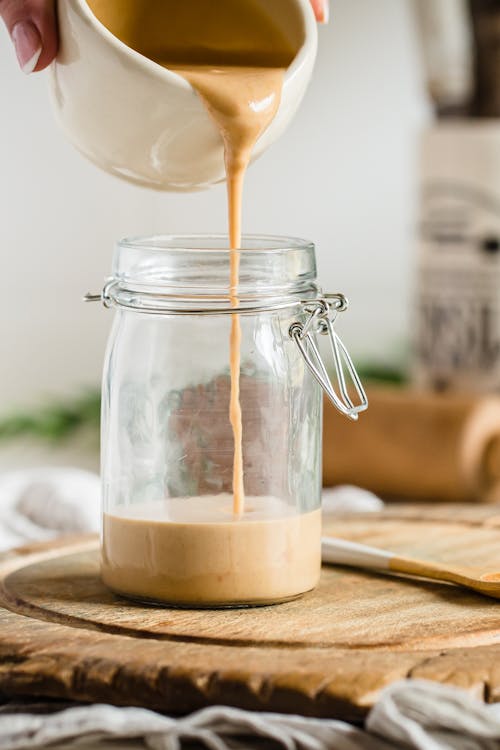
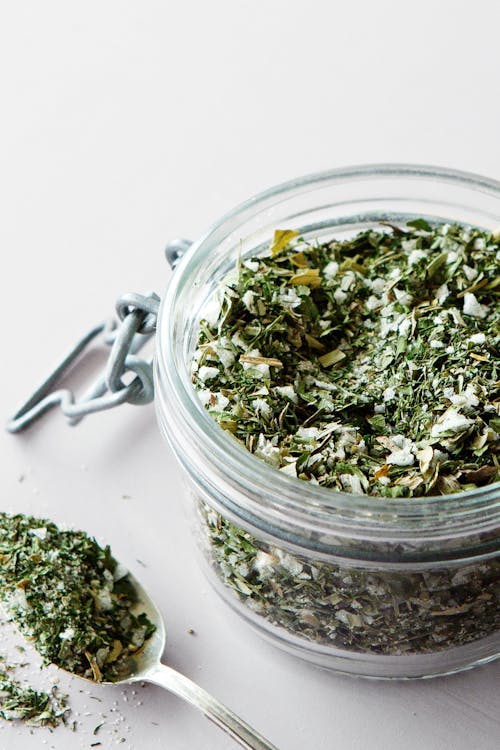
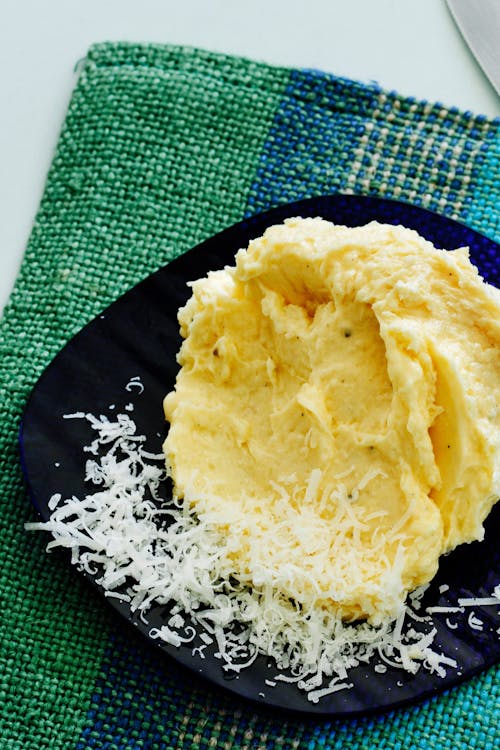
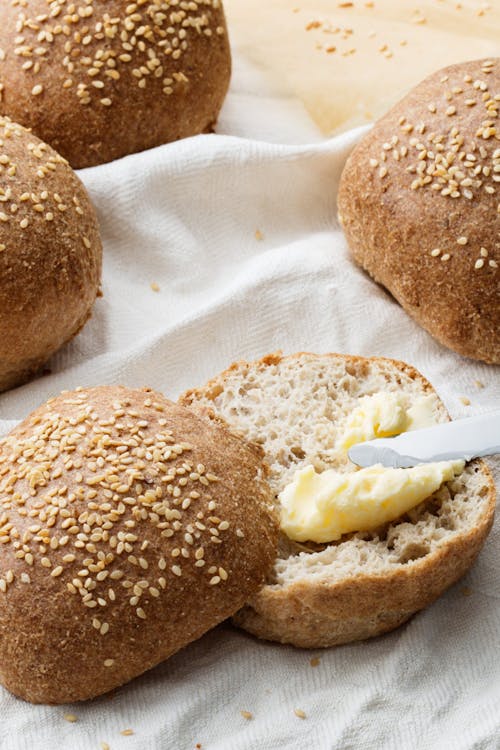

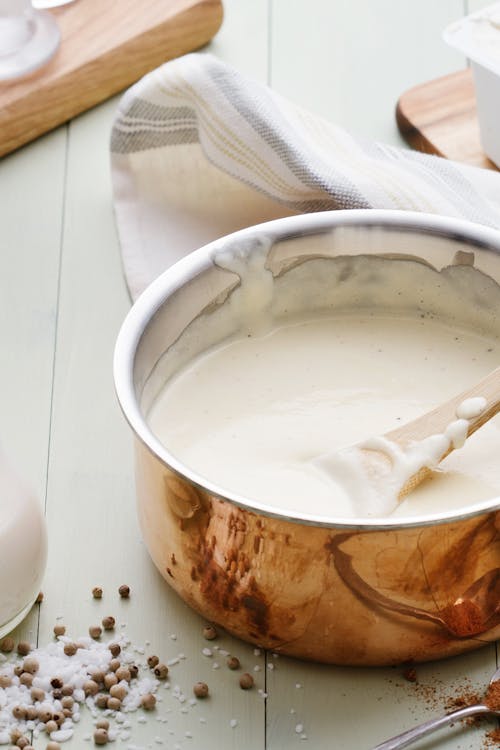

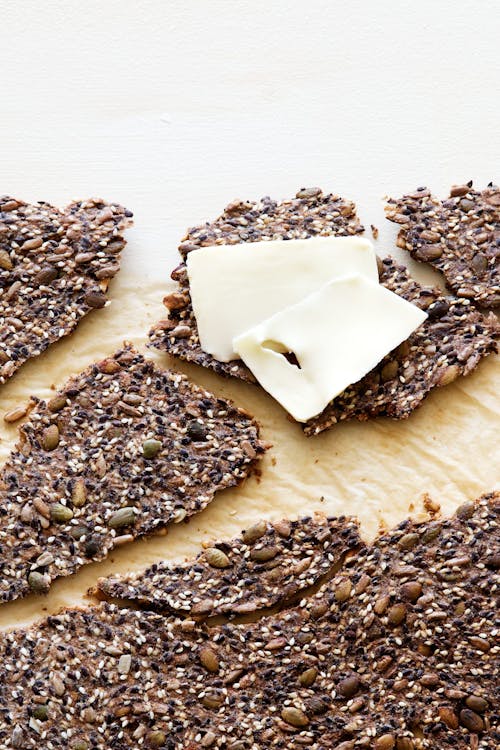
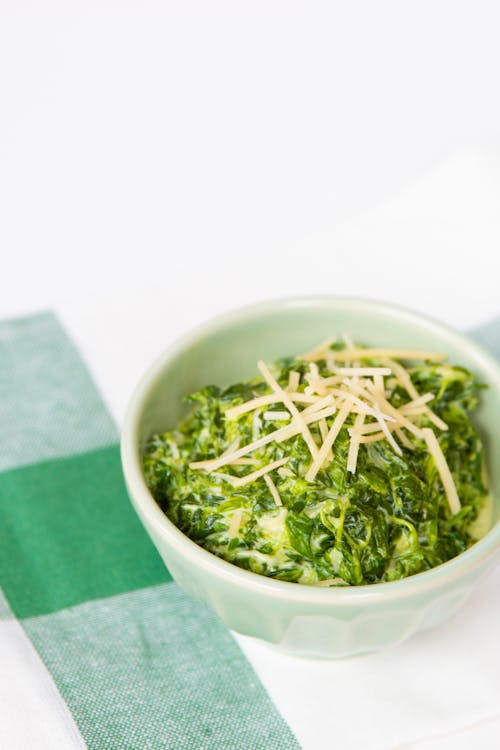
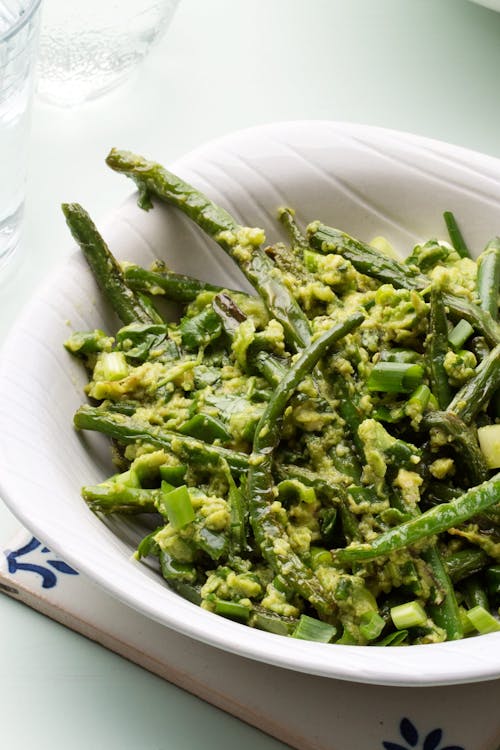
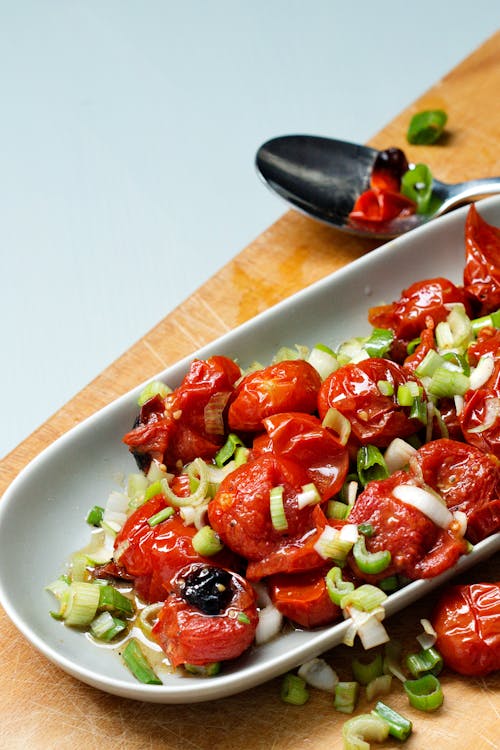

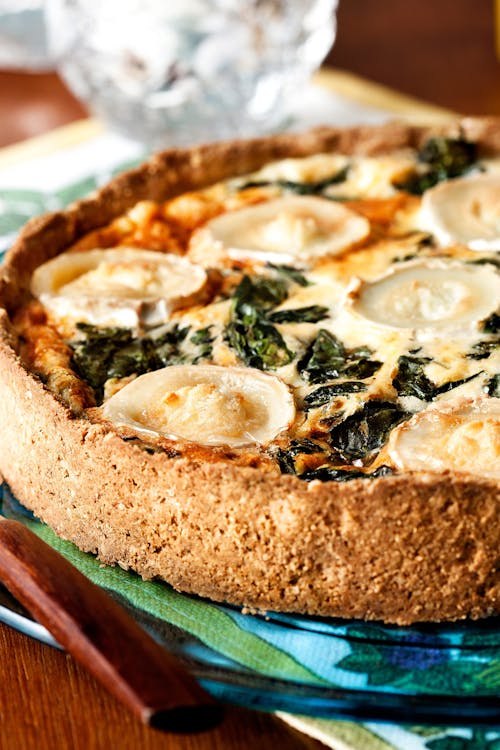

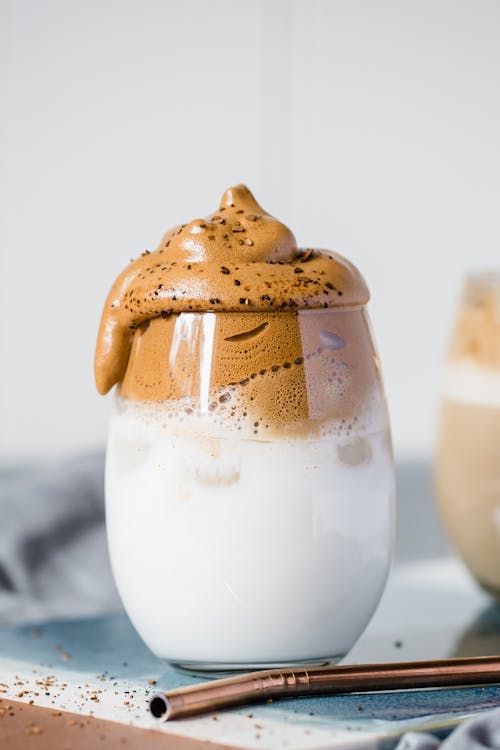
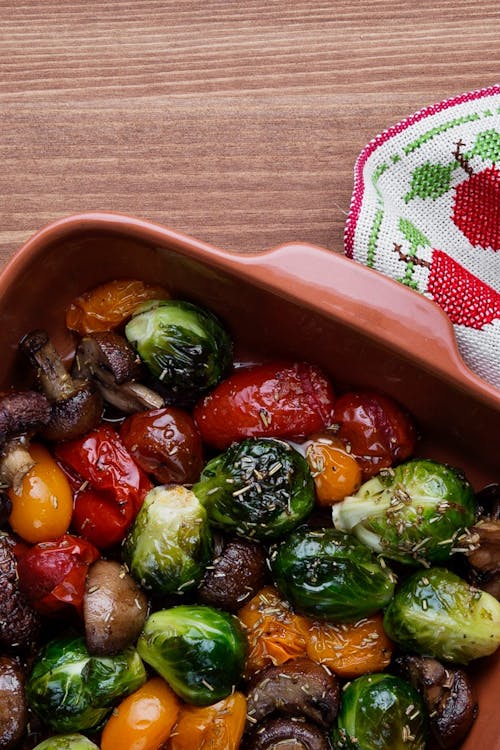

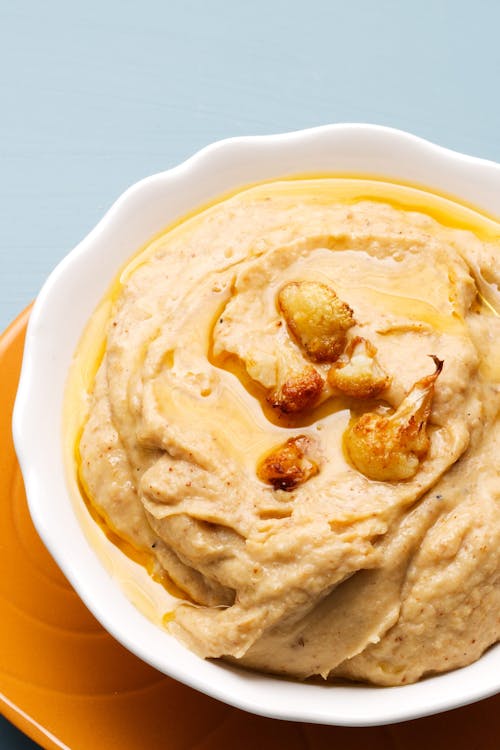
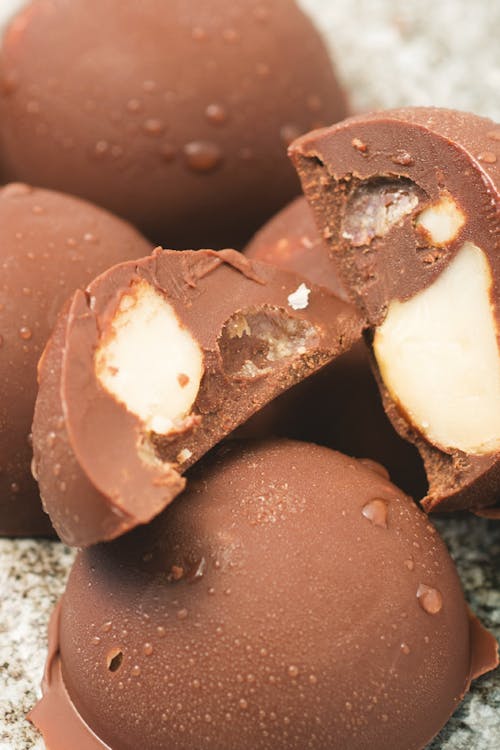

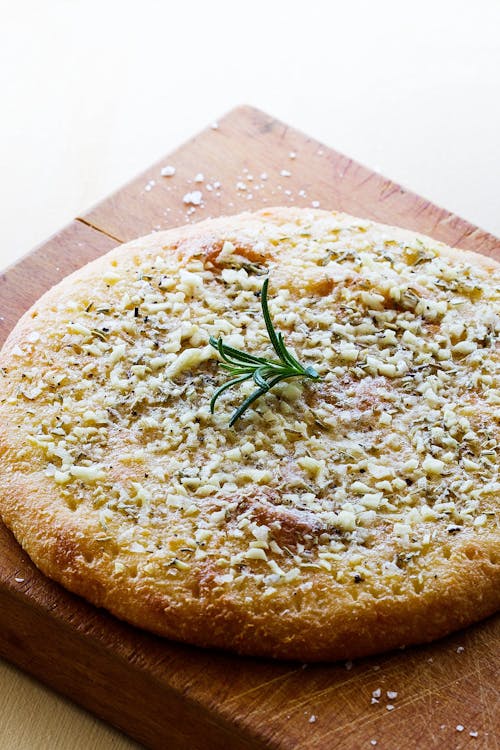
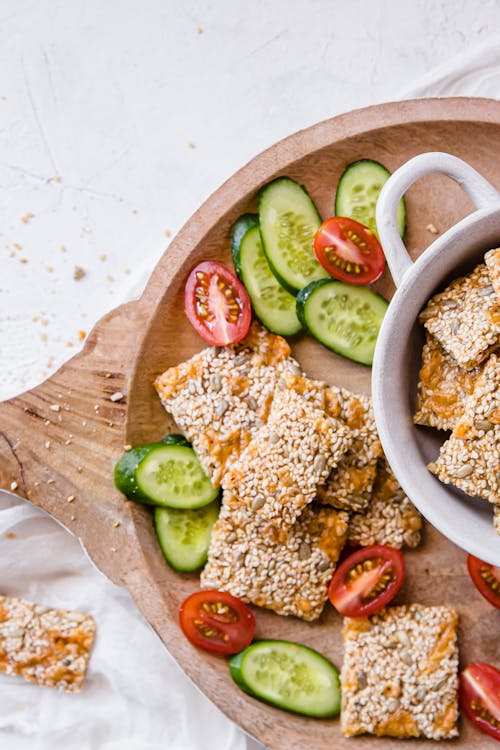
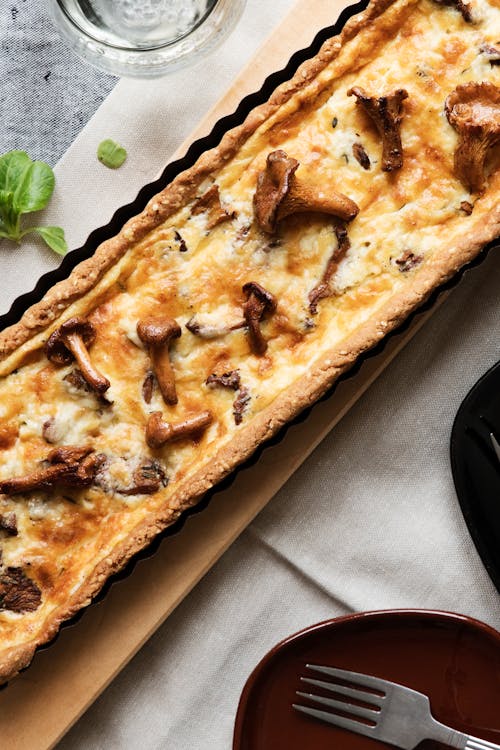
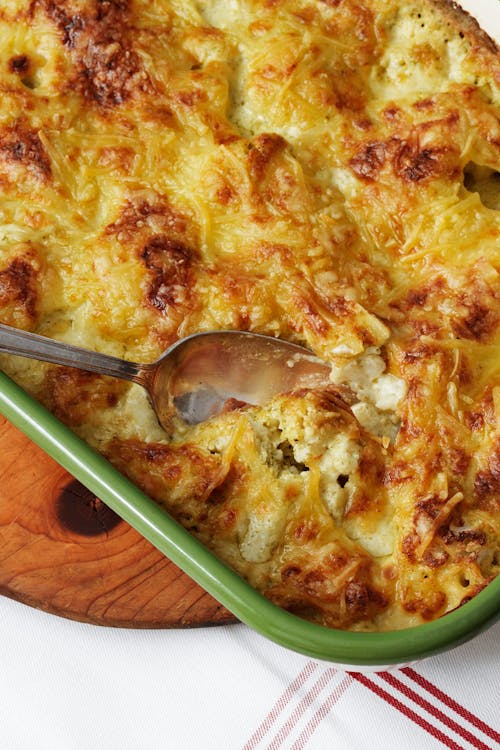
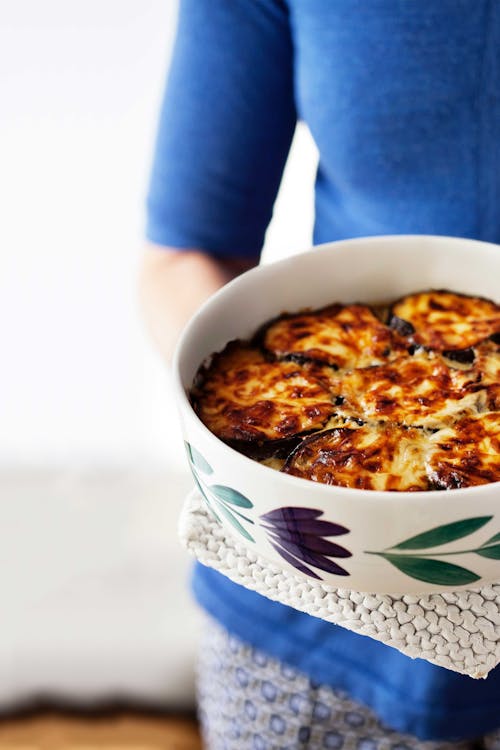
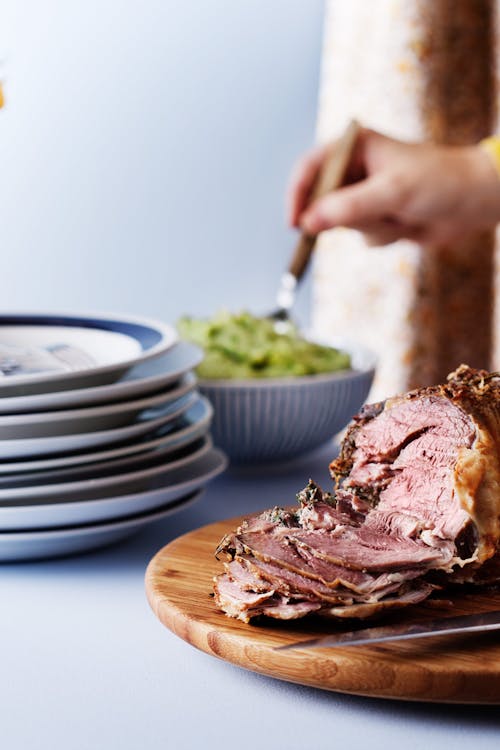
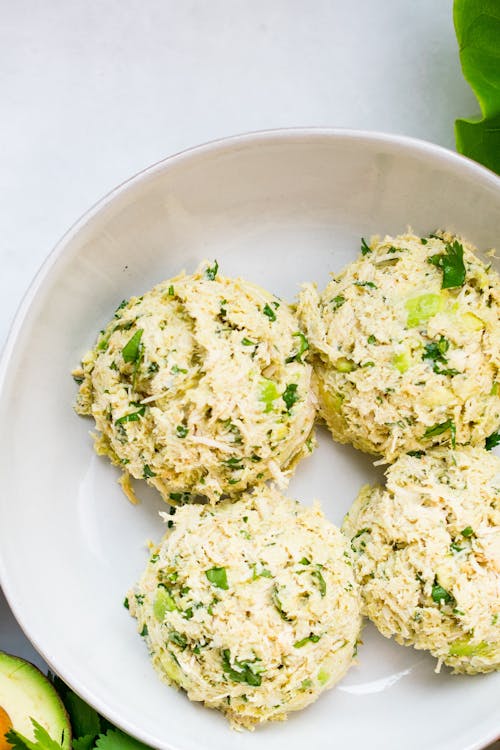
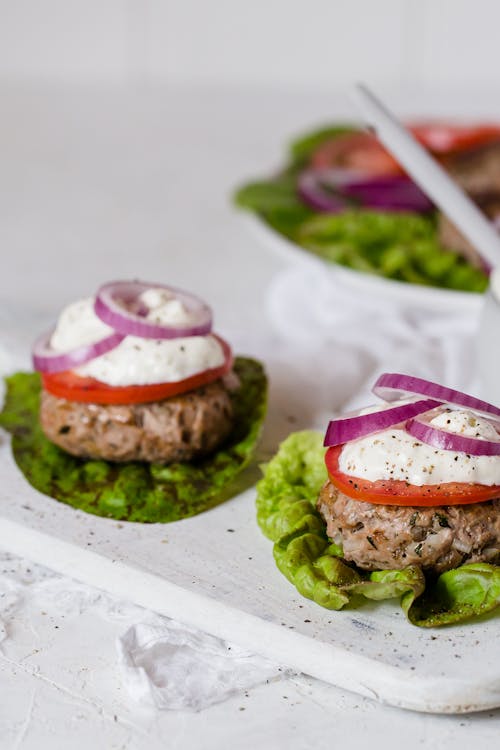
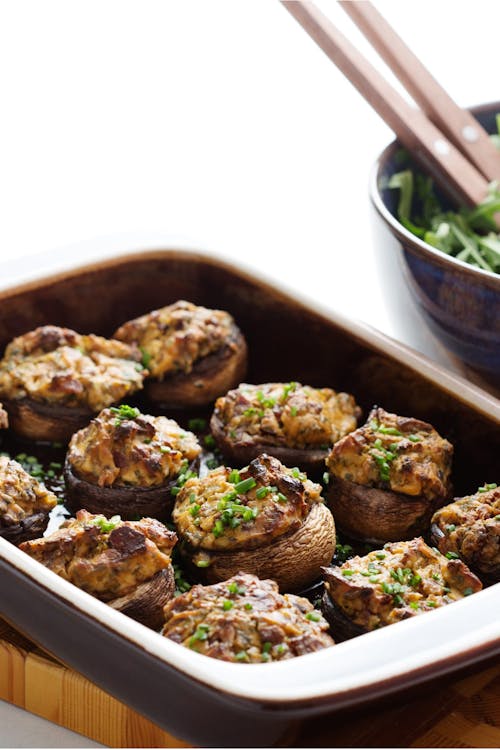




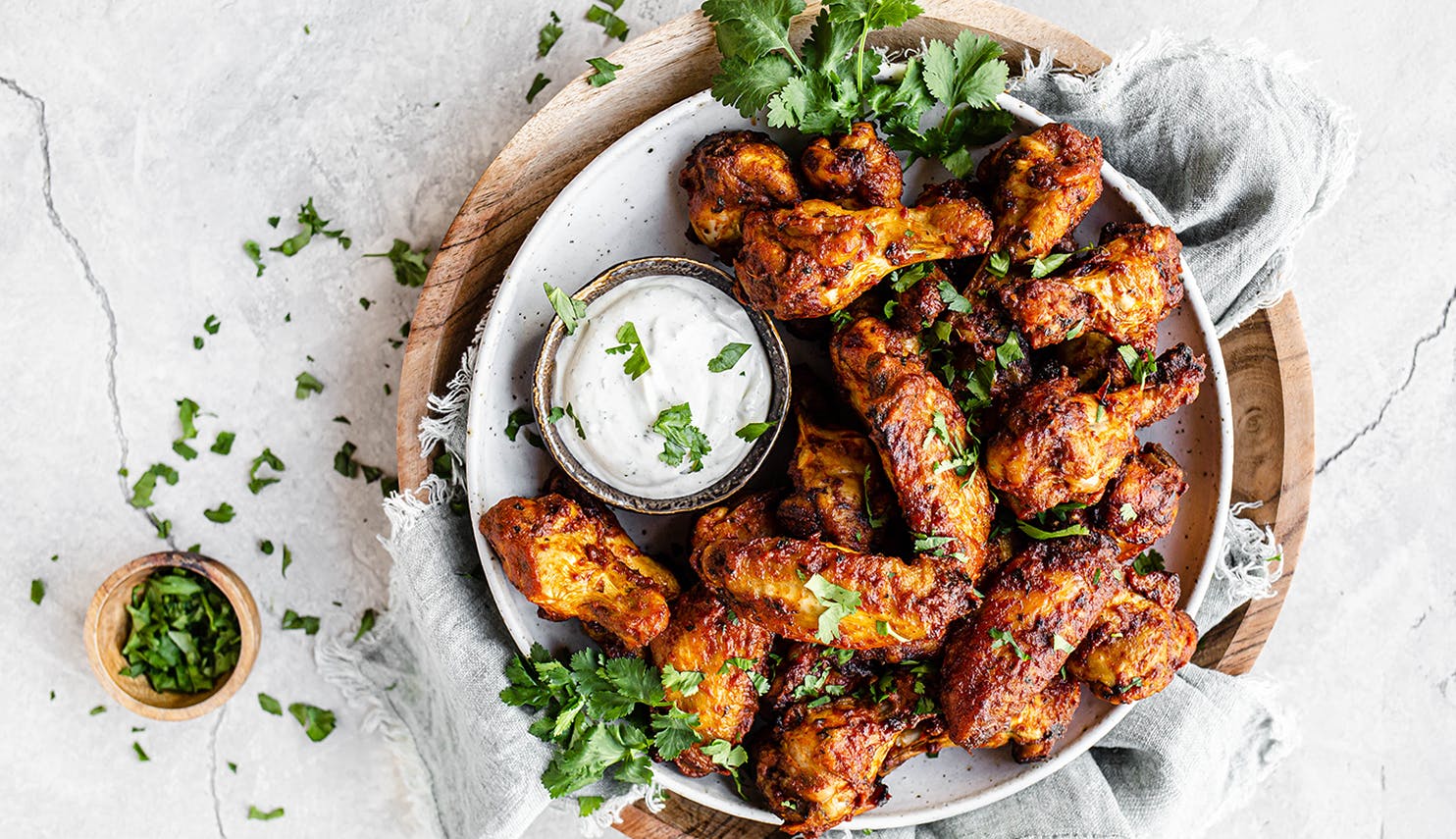

199 comments
An extra light oil is recommended, either avocado or olive oil. Sunflower oil is source of omega-6 PUFAs. https://www.dietdoctor.com/low-carb/fat
Hi, Joanne! It's really personal preference, but using the whole egg provides a little more protein, which can help the mayo bind. You may want to try it both ways to see which kind you prefer.
1. Don't use an immersion blender. The blades don't even reach the egg yolk & mustard.
2. Because I used an immersion blender I find it thin and watery. Is that normal or do I blend more?
3. How do you know when it has "set"?
4. Yep, didn't turn out. Got a film of bubbles on the top and a watery mess down below.
Please explain this recipe further so that we have success!
Thank you.
This video from Kristie Sullivan should be helpful! https://www.dietdoctor.com/diet-doctor-explores-how-to-make-simple-ke...
Sweet :)
There may not be a good substitute for the mustard in this recipe. You may be able to omit it.
1. Vitamix blender did not work so well. I think it cooked the mayonnaise - it got way too hot! Whisk is also possible but exhausting (I had muscle aches for days)! Immersion blender is a good compromise. But...as others have mentioned, use a vessel that is just slightly bigger than the immersion blender.
2. To save a broken mayo - you can prepare another egg yolk and then add the separated mayo to the egg yolk as if you were adding oil. Whisk or immersion blender worked for me.
3. My internet research (and other comments) tells me that in the beginning go very very very very slow - i think the Jamie Oliver YouTube video shows it the best - especially in the beginning, oil should be added drop by drop. After it begins to thicken, you can add oil in a "steady stream."
4. Maybe the key is to start just with the egg and mustard. Only at the end should you add the vinegar or lemon juice and salt.
5. For some reason, frozen egg yolks have more thickening power. I now can say this from experience. I saved my split mayo with some frozen egg yolks, and was able to add a lot more oil too, making a much bigger batch.
6. I have a cookbook (Simplicious by Sarah Wilson) which suggests to add a tablespoon of whey (i.e. the liquid leftover after straining yogurt to make thick Greek-style yoghurt) to make lacto-fermented condiments (you can preserve your own hot sauce and ketchup this way), let it sit out at room temperature a few hours, and then refrigerate. My mayo developed a slightly funky fermented, but not unpleasant, flavor, and lasted about 3 weeks in my refrigerator (until I ate it all).
7. I was not a fan of using olive oil - was too bitter. Avocado oil tasted good, and I had some rapeseed oil on hand (Rapsöl in German, similar to Canola) and it also tasted good.
The type and quality of olive oil will make a difference.
That will depend on how much your batch expands as it emulsifies. As written, this makes 4 servings but you can use as little or as much as you need.
This myth is based on a study done on mice where they were only fed egg white for extended periods of time. unfortunately many vets jumped onto that myth, but one of them (Dr. Karen Becker) corrected herself since and wrote up an updated article and why she now again promotes the feeding of raw eggs.
My cats get about 2 raw eggs a week. always with the egg white.
Check out this video from Kristie for some helpful tips! https://www.dietdoctor.com/diet-doctor-explores-how-to-make-simple-ke...
I am sorry this one isn't working for you. The purpose of the video (https://www.dietdoctor.com/diet-doctor-explores-how-to-make-simple-keto-mayo) is to show the technique for making mayonnaise and the variety of ingredients you can use. The primary tip is to be sure to use a container that is only slightly larger than the immersion blender and hold the blender to the bottom until it begins to emulsify.
The recipe has been updated as of Jan 14, 2021.
The technique may vary. Use the one that works best for you.
I have asked the recipe team for assistance.
I received this response from the recipe team!
"Working the oil in slowly helps with oil emulsification, especially if you're making a larger batch to keep in the fridge. If the other way works for him, he should stick to it."
I used an immersion blender and a 12oz wide mouth Ball jar. It is cooling in the fridge as we speak. Just hope it doesn't
separate.
Fantastic! I am glad that this recipe was such a success for you!
So glad you gave it a shot, Carole! Hope you enjoy!
It's best to follow the written recipe, as it will be most up to date.
Hi, Jennifer! If you lacto-ferment the mayonnaise you can keep it for up to 2 months. The easiest way is to add 1 tbsp of yogurt whey per 4 servings (liquid at the top of plain, unflavored yogurt) pour into mayonnaise after its made and stir. Leave finished mayonnaise at room temperature for 8 hours to activate the enzymes found in yogurt whey. Store in an airtight jar in the fridge.
You can try it in a traditional blender but it may not produce the right amount of agitation to emulsify the mayo.
Yes, while we do recommend an immersion blender, a regular blender should be fine.
1) Use ingredients as suggested in the recipe.
2) Use EXTRA-MILD olive oil (or even classic), not the extra virgin type you would use on a salad.
3) The result depends a lot on the type of immersion blender. I have three: a cheap Ideale, a middle-of-the range Moulinex, and a fairly expensive Bamix. With the Ideale it's a failure; the bottom doesn't get mixed and the mayo has a weird consistency. With the Moulinex I have to add the oil slowly by lifting the blender gradually. It works fine, but it takes about 10 minutes and the blender handle gets very hot. With the Bamix I put all the ingredients in at once but in order (whole egg, wine vinegar, mustard, oil). The mayo takes less than half a minute to make and is lovely and creamy. So I think it depends on the quality (unfortunately) of the blender.
4) Expense is an issue regarding the oil. Olive oil has more than doubled in price since the start of the year, avocado oil is beyond our budget for mayo. Rapeseed would be a quarter of the price, but my understanding is that it's bad for you.
I hope this helps. I'm not sure what store-bought mayo costs but I doubt it contains olive oil.
Thanks for your feedback, Adelaide!